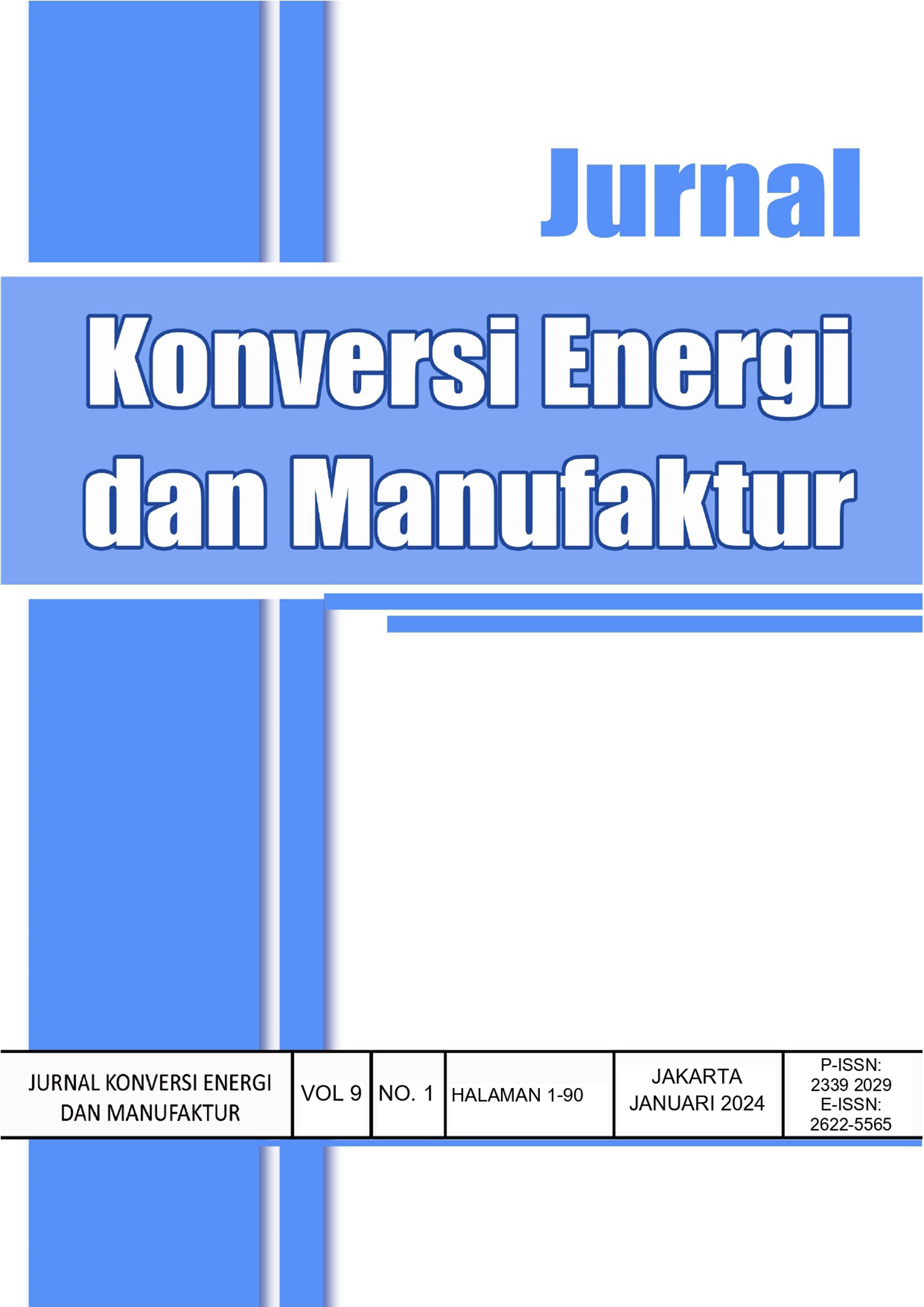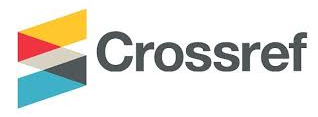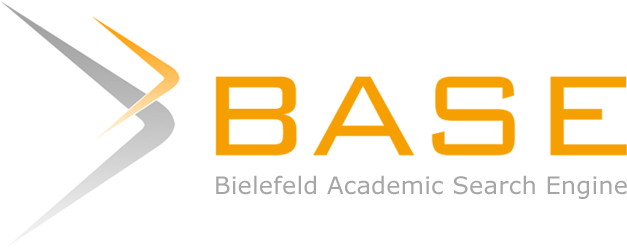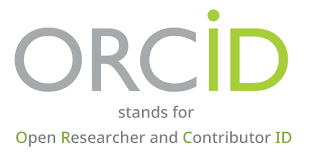ANALISIS LAJU DEFORMASI PAHAT CARBIDE PADA SIMULASI PEMBUBUTAN BAJA ST41 DENGAN MESIN BUBUT KONVENSIONAL MENGGUNAKAN SOFTWARE ANSYS
Analysis of Carbide Tool Deformation Rate in Simulation of ST41 Steel Turning with Conventional Lathe using ANSYS Software
DOI:
https://doi.org/10.21009/JKEM.9.1.8Keywords:
Carbide Tool Wear, ST41 Steel, Deformation, ANSYS WorkbenchAbstract
In the machining process, knowledge of the tool and workpiece is required to achieve maximum results between quality and productivity. Tool wear parameters are very important to know because the process of changing or sharpening the tool can be predicted. One thing that influences the tool wear rate is the friction force between the tool and the workpiece. This frictional force will produce vibrations and heat energy, causing the chisel grains to erode so that they will experience wear within certain standards. This research aims to analyze the wear value of carbide-type tool edges in the ST41 material turning process based on the friction force that occurs between the tool and the workpiece. Then, from the wear value, the recommended cutting speed is. The method used is simulation-based research using ANSYS software, especially ANSYS Mechanical, by entering predetermined parameters, including diameter and spindle rotation. From the simulation results, the total deformation of workpieces with diameters of 25 mm, 35 mm and 45 mm is 0.363 μm, 0.155 μm and 0.152 μm, respectively. It can be concluded from the simulation results that the largest total deformation is at a diameter of 25 mm.
References
[2] M. Nopiansyah, Z. Zulfitriyanto, and E. Erwanto, “Pengaruh Kecepatan Spindle dan Kedalaman Pemakanan terhadap Kekasaran Permukaan Pemesinan Bubut CNC Baja St41,” Jurnal Health Sains, vol. 2, no. 7, pp. 1307–1316, 2021.
[3] A. Z. Sastal, Y. Gunawan, and B. Sudia, “Pengaruh Kecepatan Potong terhadap Perubahan Temperatur Pahat dan Keausan Pahat Bubut pada Proses Pembubutan Baja Karbon Sedang,” Jurnal Ilmiah Mahasiswa Teknik Mesin, vol. 3, no. 1, pp. 1–11, 2018.
[4] H. Suryanto and A. Qolik, “Pengaruh Variasi Arus Las SMAW terhadap Kekerasan dan Kekuatan Tarik Sambungan Dissimilar Stainless Steel 304 dan ST 37,” J. Tek. Mesin, vol. 24, no. 1, pp. 1–12, 2016.
[5] S. Sopiyan, F. B. Susetyo, and S. Syamsuir, “Pengaruh Arus Terhadap Kenyamanan Welder, Cacat Las dan Kekerasan Hasil Hardfacing Baja Karbon,” J. Kaji. Tek. Mesin, vol. 3, no. 2, pp. 57–107, 2018.
[6] S. P. Patil and D. M. Tilekar, “Tool Wear Detection of Cutting Tool Using Matlab Software,” International Journal of Engineering and Technical Research (IJETR), vol. 2, no. 11, pp. 362–366, 2014.
[7] F. D. A. Verayanti and S. Sumiati, “Desain Eksperimen Pengaruh Variasi Media Pendingin terhadap Kekerasan dan Kekuatan Tarik Bahan St 41 pada Proses Heat Treatment,” Juminten, vol. 1, no. 3, pp. 104–115, 2020, doi: 10.33005/juminten.v1i3.125.
[8] V. Sukaylo, A. Kaldos, H.-J. Pieper, V. Bana, and M. Sobczyk, “Numerical Simulation of Thermally Induced Workpiece Deformation in Turning when using Various Cutting Fluid Applications,” J Mater Process Technol, vol. 167, no. 2–3, pp. 408–414, 2005, doi: 10.1016/j.jmatprotec.2005.05.042.
[9] P. Li and Z. Chang, “A Hybrid Model for Turning Force Based on Shear and Extrusion Deformation considering Cutting-Edge Radius,” J Manuf Process, vol. 84, pp. 134–148, 2022, doi: 10.1016/j.jmapro.2022.09.007.
[10] K. Ju, C. Duan, Y. Sun, J. Shi, J. Kong, and A. Akbarzadeh, “Prediction of Machining Deformation Induced by Turning Residual Stress in Thin Circular Parts using Ritz Method,” J Mater Process Technol, vol. 307, p. 117664, 2022, doi: 10.1016/j.jmatprotec.2022.117664.






















